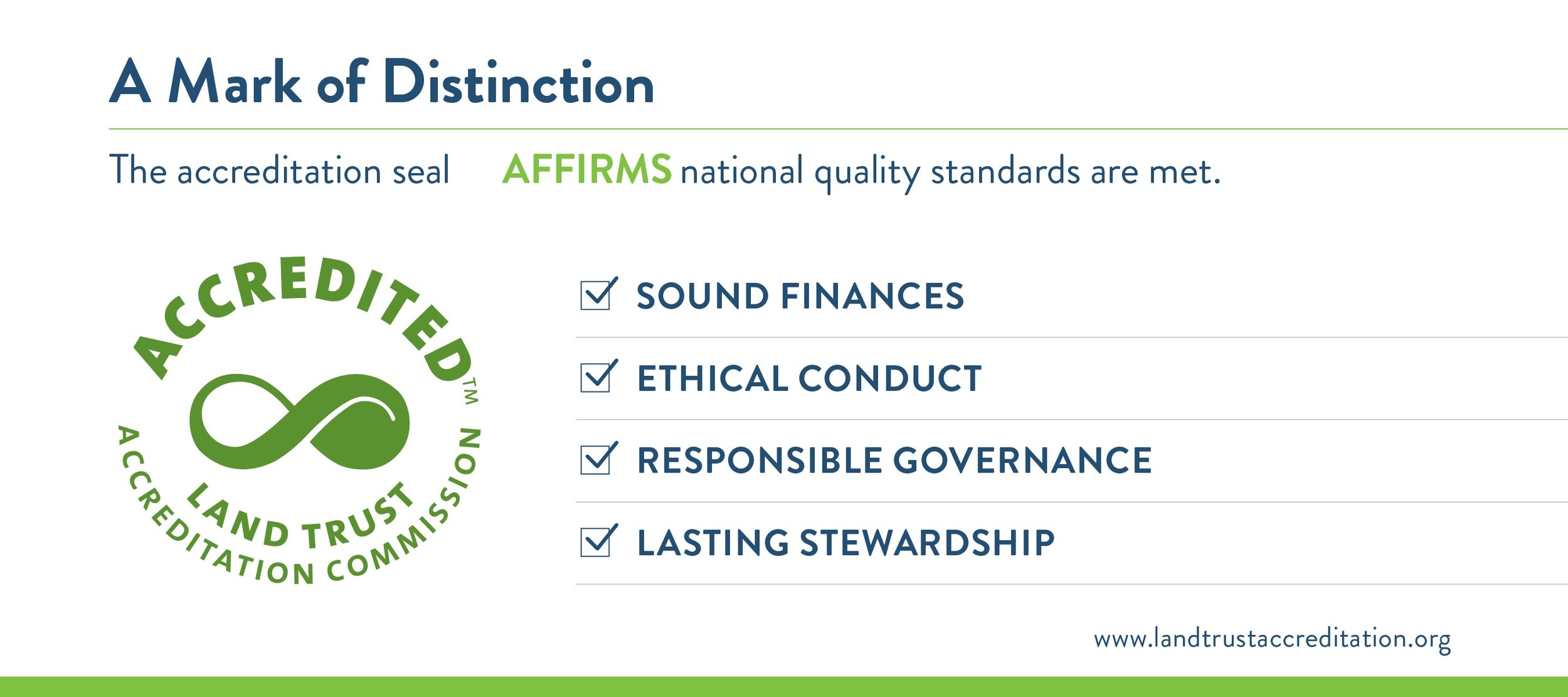Snakes can often bring a bit of tension among landowners. Some recoil at the thought of these legless reptiles slithering around their homes, while many of us understand the important role they play in our local ecosystem. One interesting snake you may find around our Kentucky forests and wetlands is the Eastern Hognose (Heterodon platirhinos).
With its thick body, triangle-shaped head, and upturned nose, the Eastern Hognose may give you pause if you cross it in the wild. It uses a unique defense mechanism of “hooding” its neck in a cobra-like fashion while hissing and striking to scare off predators. But don’t worry--this snake is all bark. It’s unlikely to bite a human and isn’t considered venomous. In fact, if it feels further threatened, it will roll over, stick out its tongue, and play dead.
Eastern Hognose snakes are commonly 18 to 45 inches long and are active during the day. Their coloring varies greatly and can be black, gray, yellow, dark green or red, often with dark rectangular blotches running down the back. Amphibians like frogs, toads and sometimes salamanders, make up the bulk of this snake’s diet, and they use their back fangs to puncture the body of their puffed up prey to make it more digestible. Females lay their eggs in late spring under boulders or woody debris, and they reach maturity at about 2 years old.
These snakes favor the sandy environments along the banks of rivers and lakes. If you come across one in the wild, enjoy the view at a distance--and don’t get too concerned if they put on a show for you.


